1 of 26
Download to read offline
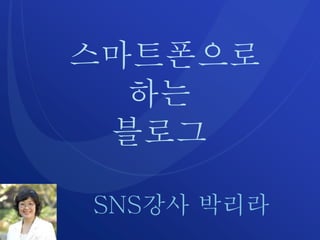



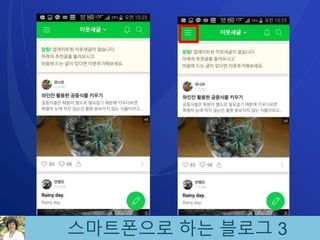





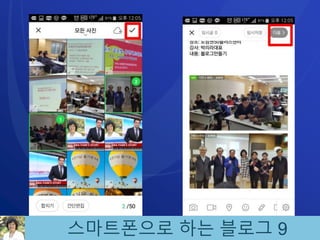






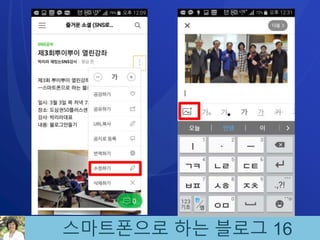
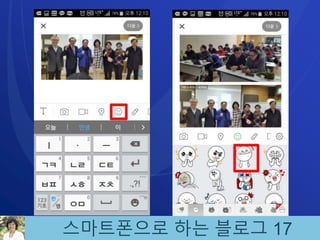


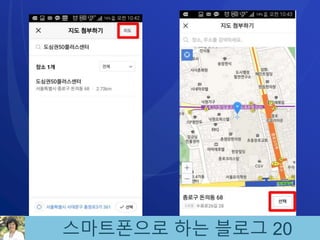


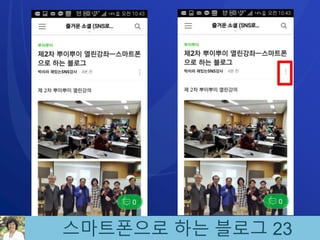

Ad
Recommended
Media Life Industries Production ICMI 2015
Media Life Industries Production ICMI 2015University of Amsterdam
?
The document discusses the media industry's structure and the evolving nature of media production and professionals within it, emphasizing concepts such as convergence culture and the global dissemination of content. It highlights issues related to job security, work conditions, and the emotional impact of precarious employment on individuals. Additionally, it references Pierre Bourdieu's perspective on the uncertainty and hopelessness associated with casualization in the workforce.Media Life 2009
Media Life 2009University of Amsterdam
?
The document discusses the concept of 'media life', highlighting how media shapes human experiences and societal structures in an increasingly urban and digital world. It examines the influence of social networking, self-presentation, and virtual realities on identity, relationships, and isolation. The exploration of reality in media life delves into philosophical questions about perception and existence in a media-saturated environment.Living Information Introduction
Living Information IntroductionUniversity of Amsterdam
?
This document discusses how people use social media and technology, including whether it fosters narcissism or self-expression, concerns about privacy versus exposure, and whether social media makes people feel special or ordinary. It also lists the author's social media profiles and mentions a creative assignment and "media life" or "living in media", suggesting it is about how people live their lives through media and share information online.Media Life (2011)
Media Life (2011)University of Amsterdam
?
The document discusses the concept of 'media life,' emphasizing the pervasive influence of media in children's lives and highlighting the need to accept media as a part of their environment. It features insights from Dr. Michael Rich on media exposure and the creation of multiple self-versions in a media-saturated world. The document also promotes the upcoming release of the book 'Media Life' by Mark Deuze in winter 2011.LED Corn Light 5 years warranty
LED Corn Light 5 years warrantyngt led
?
▒Š╬─╝■Ė┼╩÷┴╦┼Ą╣┌┐Ų╝╝ėąŽ▐╣½╦ŠĄ─╩█║¾Ę■╬±š■▓▀║═▒Żųż╠§┐ŅŻ¼░³└©┴∙Ė÷į┬─┌Ą─▓·╬’Ė³╗╗Ę■╬±║═╬Õ─ĻĄ─▒Żą▐Ų┌Ž▐ĪŻ▒Żą▐▓╗░³└©ę“┐═╗¦ūį▓Īó░▓ū░▓╗Ą▒╗“▓╗┐╔┐╣┴”įņ│╔Ą─╦║”Ż¼▓ó╣µČ©┐═╗¦ąĶ│ąĄŻį╦╩õĘčė├ĪŻ╣½╦Š│ą┼Ą╦∙ėą│óĘĪČ┘ĄŲŠ▀Š∙═©╣²ų╩┴┐╝ņ▓ŌŻ¼╚Ę▒Ż▓·╬’┤’ĄĮ│÷┐┌▒Ļū╝ĪŻMedia Life 2012
Media Life 2012University of Amsterdam
?
The document discusses the intersection of media and life, highlighting how changes in media impact social interactions and perceptions of privacy. It includes quotes from various thinkers on the nature of media as artifacts, activities, and arrangements. The narrative suggests a critical view of how media shapes our reality and social relationships.More Related Content
What's hot (10)
Viewers also liked (6)
Media Life Industries Production ICMI 2015
Media Life Industries Production ICMI 2015University of Amsterdam
?
The document discusses the media industry's structure and the evolving nature of media production and professionals within it, emphasizing concepts such as convergence culture and the global dissemination of content. It highlights issues related to job security, work conditions, and the emotional impact of precarious employment on individuals. Additionally, it references Pierre Bourdieu's perspective on the uncertainty and hopelessness associated with casualization in the workforce.Media Life 2009
Media Life 2009University of Amsterdam
?
The document discusses the concept of 'media life', highlighting how media shapes human experiences and societal structures in an increasingly urban and digital world. It examines the influence of social networking, self-presentation, and virtual realities on identity, relationships, and isolation. The exploration of reality in media life delves into philosophical questions about perception and existence in a media-saturated environment.Living Information Introduction
Living Information IntroductionUniversity of Amsterdam
?
This document discusses how people use social media and technology, including whether it fosters narcissism or self-expression, concerns about privacy versus exposure, and whether social media makes people feel special or ordinary. It also lists the author's social media profiles and mentions a creative assignment and "media life" or "living in media", suggesting it is about how people live their lives through media and share information online.Media Life (2011)
Media Life (2011)University of Amsterdam
?
The document discusses the concept of 'media life,' emphasizing the pervasive influence of media in children's lives and highlighting the need to accept media as a part of their environment. It features insights from Dr. Michael Rich on media exposure and the creation of multiple self-versions in a media-saturated world. The document also promotes the upcoming release of the book 'Media Life' by Mark Deuze in winter 2011.LED Corn Light 5 years warranty
LED Corn Light 5 years warrantyngt led
?
▒Š╬─╝■Ė┼╩÷┴╦┼Ą╣┌┐Ų╝╝ėąŽ▐╣½╦ŠĄ─╩█║¾Ę■╬±š■▓▀║═▒Żųż╠§┐ŅŻ¼░³└©┴∙Ė÷į┬─┌Ą─▓·╬’Ė³╗╗Ę■╬±║═╬Õ─ĻĄ─▒Żą▐Ų┌Ž▐ĪŻ▒Żą▐▓╗░³└©ę“┐═╗¦ūį▓Īó░▓ū░▓╗Ą▒╗“▓╗┐╔┐╣┴”įņ│╔Ą─╦║”Ż¼▓ó╣µČ©┐═╗¦ąĶ│ąĄŻį╦╩õĘčė├ĪŻ╣½╦Š│ą┼Ą╦∙ėą│óĘĪČ┘ĄŲŠ▀Š∙═©╣²ų╩┴┐╝ņ▓ŌŻ¼╚Ę▒Ż▓·╬’┤’ĄĮ│÷┐┌▒Ļū╝ĪŻMedia Life 2012
Media Life 2012University of Amsterdam
?
The document discusses the intersection of media and life, highlighting how changes in media impact social interactions and perceptions of privacy. It includes quotes from various thinkers on the nature of media as artifacts, activities, and arrangements. The narrative suggests a critical view of how media shapes our reality and social relationships.Ad
More from Lira Park (20)
Ad
?????? ?? ???
- 2. ??? SNS?? ????? ?? ???? ?? Ī«??? ?? ????Ī» ?? ?? ???: jflife.blog.me 010-9013-1997
- 3. ?????? ?? ??? 1
- 4. ?????? ?? ??? 2
- 5. ?????? ?? ??? 3
- 6. ?????? ?? ??? 4
- 7. ?????? ?? ??? 5
- 8. ?????? ?? ??? 6
- 9. ?????? ?? ??? 7
- 10. ?????? ?? ??? 8
- 11. ?????? ?? ??? 9
- 12. ?????? ?? ??? 10
- 13. ?????? ?? ??? 11
- 14. ?????? ?? ??? 12
- 15. ?????? ?? ??? 13
- 16. ?????? ?? ??? 14
- 17. ?????? ?? ??? 15
- 18. ?????? ?? ??? 16
- 19. ?????? ?? ??? 17
- 20. ?????? ?? ??? 18
- 21. ?????? ?? ??? 19
- 22. ?????? ?? ??? 20
- 23. ?????? ?? ??? 21
- 24. ?????? ?? ??? 22 ??? ??!
- 25. ?????? ?? ??? 23
- 26. ?????? ?? ??? 24 URL ???? ?????? ??, ?? ?????? ????
